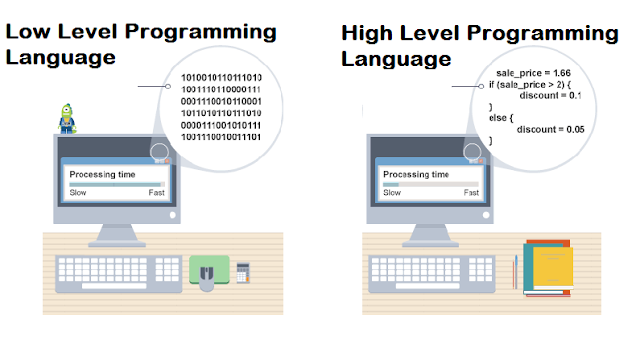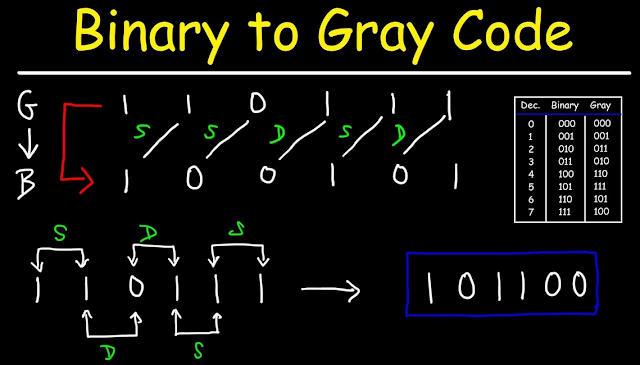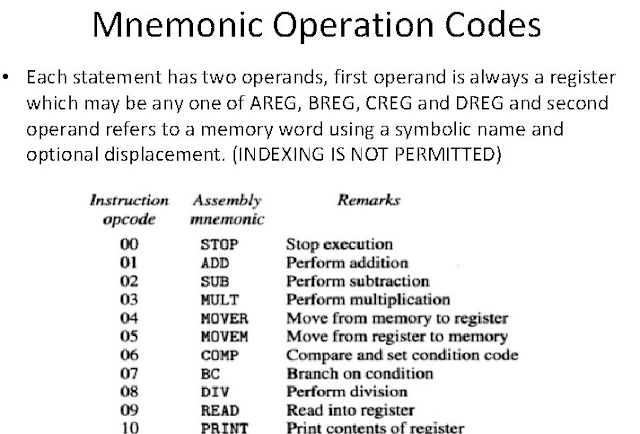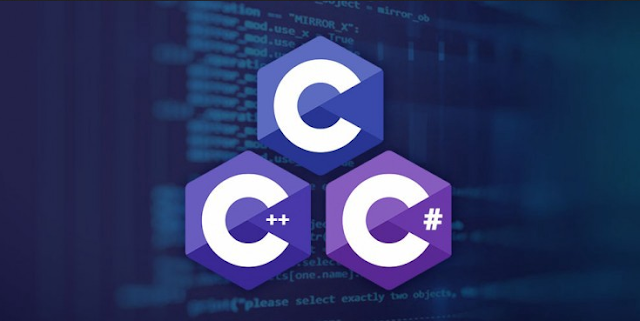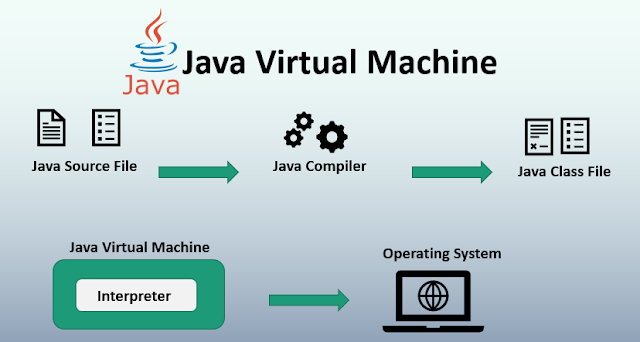Based on the level of understanding of computers, the types of programming languages are divided into three, low level, middle level and high level. The easier a programming language is read by humans and computers, the higher the level, and vice versa.
The purpose of this article is that we first know the history of the development of programming languages and later will influence our mindset about how programming languages can work with machines.
Following is the types of programming languages based on their level of ease of reading by both a computer and a human.
1. Low-Level Programming Language
Low-level programming language is a programming language that can only be read by machines (computers), this low-level programming language also does not require language translators such as compilers and interpreters, later the code/script can be executed directly by the machine because this code is already in binary form 0 and 1.
Machine language or binary is very difficult for humans to understand, because there are only 2 characters (0 and 1), 0 and 1 in the electronic world, meaning whether the electric current condition will be disconnected or connected. As we know the workings of a computer chip is to connect and decide between hardware and other hardware, so programs written in machine language will be directly readable by machines/computers without compiling or interpreting them first.
In addition to machine language,
low-level programming languages also have a language called assembly
language, assembly language is written for programming that is directly
related to hardware, namely building systems for the Operating System
(OS) and Drivers.
Assembly language uses mnemonics, or abbreviations of words in English, to form certain commands. Therefore, this language needs to be converted again into machine language. Well, this translation process is carried out by a tool called Assembler. Although it must be translated first, the performance of the Assembly language program is fairly fast. Because it does not require a lot of memory when run. As mentioned above, this low-level programming language is very difficult to understand and make humans, but a low-level programming language it will make program performance very fast.
2. Intermediate Programming Language
Intermediate languages are usually created to build operating systems, even these languages are also made to build virtual machines that run programs from modern programming languages, such as JAVA with its JVM, Nodejs, and other examples.
Intermediate languages use commands that are close to human language, so they are easy to reach. On the other hand, the complexity is quite high, approaching assembly language.
And examples of middle-level languages include C, C++, and C#.
3. High-Level Programming Language
High-level programming language means the language of computer instructions in a way that is easy to understand and approximates human language. For example, in this programming language has built-in functions or commands (filter, map, reduce, slice, and others), these built-in functions can be read by humans and computers (computers can process them).
As we know that computers cannot read human language directly, computers can read binary codes 1 and 0, therefore it is a high-translator programming language, which serves to change the binary code language. This interpreter is what we usually call a compiler or interpreter.
Read also: Programming language translation method so that it can be executed
High-level programming languages are associated with what humans can understand, the way the syntax or code style is easy to understand, and other cases of low-level programming languages to learn because they are associated with machine language where every instruction we pass will be in binary format like 0 or 1 (Hardware ).
As for examples of other high-level programming languages, JAVA, PHP, Javascript, Python, Kotlin, Swift, and others.


